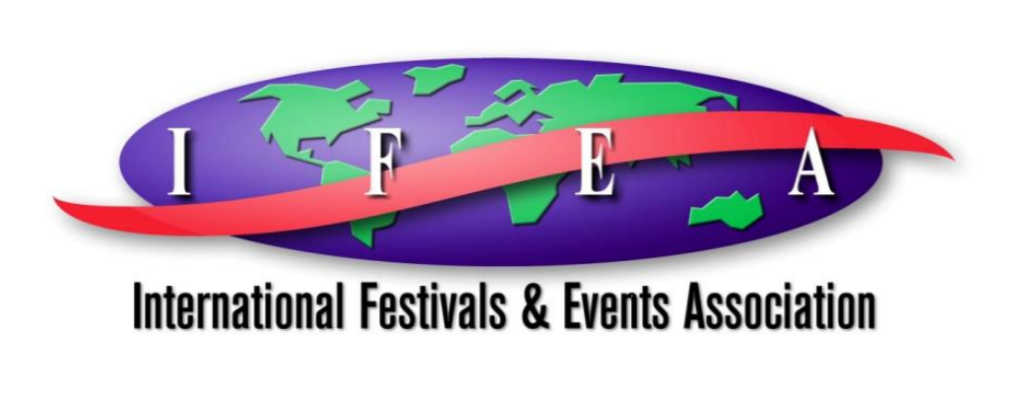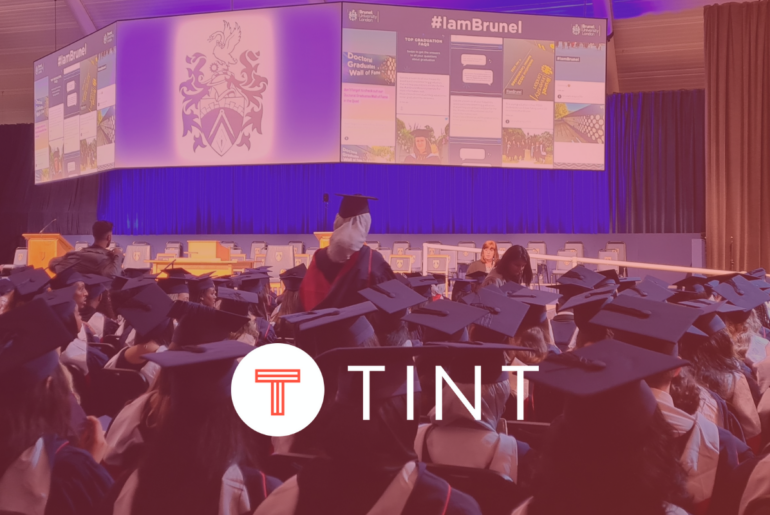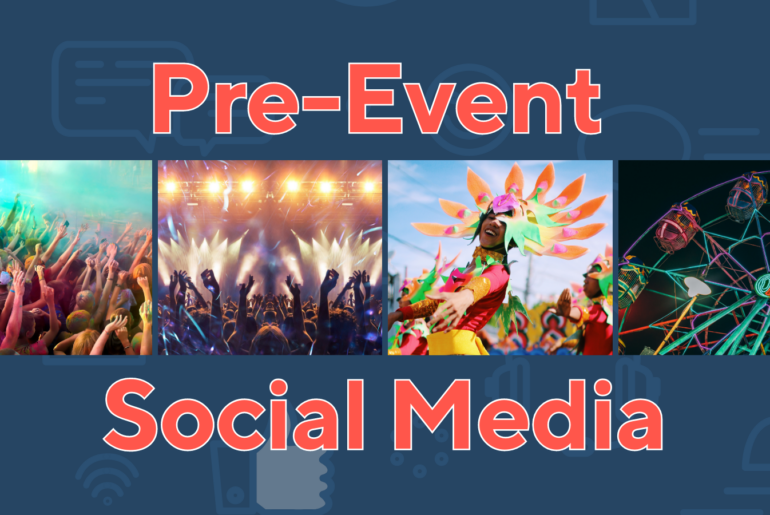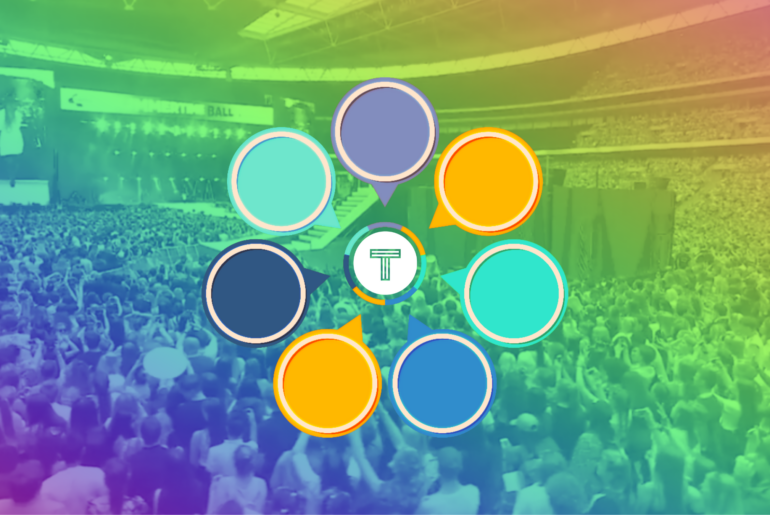Events are seeing a spike in popularity as pent-up demand is driving people from the dim glow of zoom meetings to the hallways of convention centers. The appeal and power of live gatherings are unquestionable. But the hard truth is there are still concerns about returning to the large-scale activations of the past. Event planners are turning to new models, like the hub and spoke event, to satiate that craving for events while keeping an eye on public health and safety.
Innovators have room to be creative. Hub and Spoke is more than disparate groups held together by bad powerpoints and virtual branding. This is the dawn of a new era of events. Smart facilitation techniques will intersect with collaboration tech to bring together large groups of people across distances. Short-term growing pains in hub and spoke events methodology will result in great new events and a new organizational paradigm for those practicing event or field marketing.
A version of this article was published in the International Festival and Events Association’s “i.e.: the business of international events” quarterly magazine. IFEA is the premier association supporting and enabling festivals and events worldwide. TINT is a proud IFEA member. For more information on IFEA, go to www.ifea.com.”

What are Hub and Spoke Events?
Hub and spoke is one of several event formats that experts anticipate will gain popularity as the events industry recovers from the pandemic. The hub and spoke method consists of a central main event, “the hub’, where keynotes and other face-to-face programming take place. There can be any number of smaller “spokes” that are regional face-to-face offshoots, or satellite locations, of the main event happening simultaneously. All associated events are branded, themed, and marketed as part of the same activation.
Why a Hub and Spoke Event?
We’re not sure how long COVID will remain a part of our lives and industry. Some experts have gone so far as to speculate that we may have seasonal outbreaks of covid, much like we do with our cold and flu seasons. The Hub and Spoke format allows event organizers to replace the mega-conferences of yesteryear with several smaller regional events, reducing the possibility of having attendees spreading sickness across geographies while still providing an event experience.
This format also speaks to consumer confidence. It may be years before tourism fully bounces back. H&S reduces the ask on attendees, who are more likely to participate in a program in their local markets than travel across the country to participate.
Example Hub and Spoke
One of the most widely known Hub and Spoke format events can be seen annually on New Year’s Eve. Various broadcasts will have simultaneous activations in multiple cities, all stemming from a primary production focused in New York for the Ball Drop. Each activation has separate hosts and unique schedules, but the events are co-marketed as part of the same activation. Content like headline performances is shared to spoke locations as well as telecasted to remote audiences. Some elements, like the ball drop, may be recorded and rebroadcast to better suit local timezones.
Six Considerations before launching a hub and spoke event.
Staffing Capacity
The first challenge is always whether you have enough warm bodies to execute the event. Each individual event will need its own technical team, customer-facing team, volunteers, exhibitors, and leadership. Those requirements are exponential as you add additional spokes. While a hub and spoke format may seem exciting, some event organizations may find that established formats with smaller staffing footprints like Roadshows, are more appropriate.
Attendee Base
If you build it, they will come… right? Spokes should be placed with great intentionality. There should be a great enough distance between the hub and spokes to justify the costs associated with simultaneous activation.
Questions to ask:
- What is the maximum distance attendees will travel to participate in an event?
- What is the minimum distance allowable before the activations start to cannibalize attendance from each other?
- What is the greatest distance at which sharing content or engagement is impeded? (Time zones should play a part in this discussion.)
Placemaking
A danger of the format is the unequal distribution of placemaking. The Hub should get plenty of love, particularly if the majority of the cornerstone content is coming from that central location. But be sure to share decorating budget with all the spokes, especially if attendees are paying the same price for admission.
Make each local activation feel like part of the whole. This starts with basic placemaking practices like signage, swag, and atmospheric branding. Create opportunities for people to have similar experiences by deploying the same (or visually similar) photo ops like step and repeats or other branded backdrops. Take it a step further and serve the same food at meals or snack breaks. Include the same swag and conference materials in each attendee, vendor, and speaker kit.
Venue and Vendors
Perhaps the greatest difficulty of creating a hub and spoke event is wrangling logistics. All venues have their quirks, preferred and exclusive providers, and on-site event teams.
Consider tapping into venue networks or corporate-owned venues. You may find that your sales executive has deep connections to other hotels. This tends to be easier with corporate hotel chains. You could also look at venue management networks or event state-wide tourism organizations to help to decide on a venue. Find a champion early and save the headache.
Technology
Technology for Hub and Spoke should be broken into two main categories. First, consider the technology required in each venue for a standard activation. These are the usual suspects for special events; projection, amplification, display, lighting, etc.
Now consider how you’ll transmit information between the two venues. There are different challenges between displaying synchronous and asynchronous content. Do some things need to be recorded? Does the lag between livestream and remote audiences mean it isn’t viable for them to participate in Q&A? Do things like timezones, local cultures, and regional weather affect the way content is presented or otherwise engaged with?
Social Media
Social media has become one of the most powerful tools in an event organizer’s arsenal. It is a way to sell tickets, recruit volunteers, source exhibitors, and build community.
Hub and Spoke events require a sense of unity across activations. Placemaking, programming, and design elements are physical methods of creating this unity. Social unity builds a vital connection between locations and remote participants. We recommend social walls. They’re easy to set up, flexible in size, and don’t require constant monitoring. Pushing social content to the event website, mobile app, and media partners also makes social engagement tools, like social walls, particularly useful since they serve a variety of purposes.
Other social tactics to deploy include a strong hashtag, a local (spoke) hashtag variant if your secondary events will have a significantly unique presence, and the implementation of social livestreaming to entice impulse attendees and future volunteers.
Spend a Day, Do the Planning Exercise
Try to imagine your flagship event as a hub and spoke. It is a useful exercise for the team. We may still be years away from a fully refined methodology, but hub and spoke events are part of the future of the industry. Lean in and discover what this new event planning paradigm means for you.
—
TINT helps the world’s top brands with digital and social placemaking for events of all types. From hub and spoke, virtual, hybrid, and traditional events, TINT provides attendee engagement tools that allow event marketers to discover, curate, and capture engaging content, no matter where those attendees may be. Schedule time with our event specialists to learn more.




